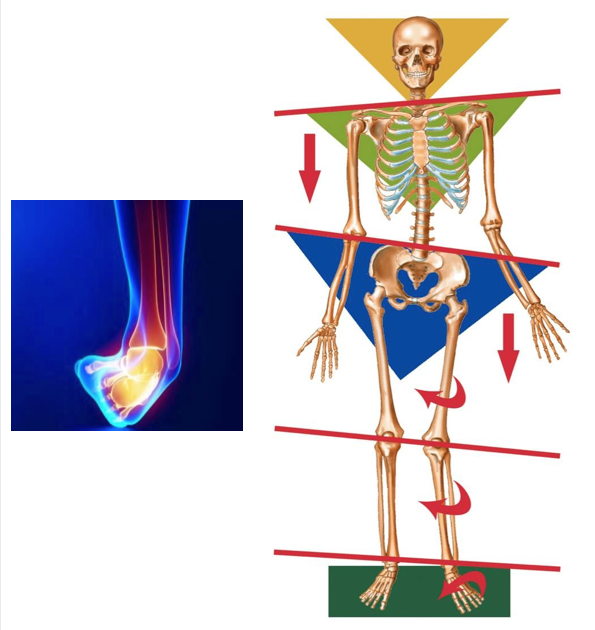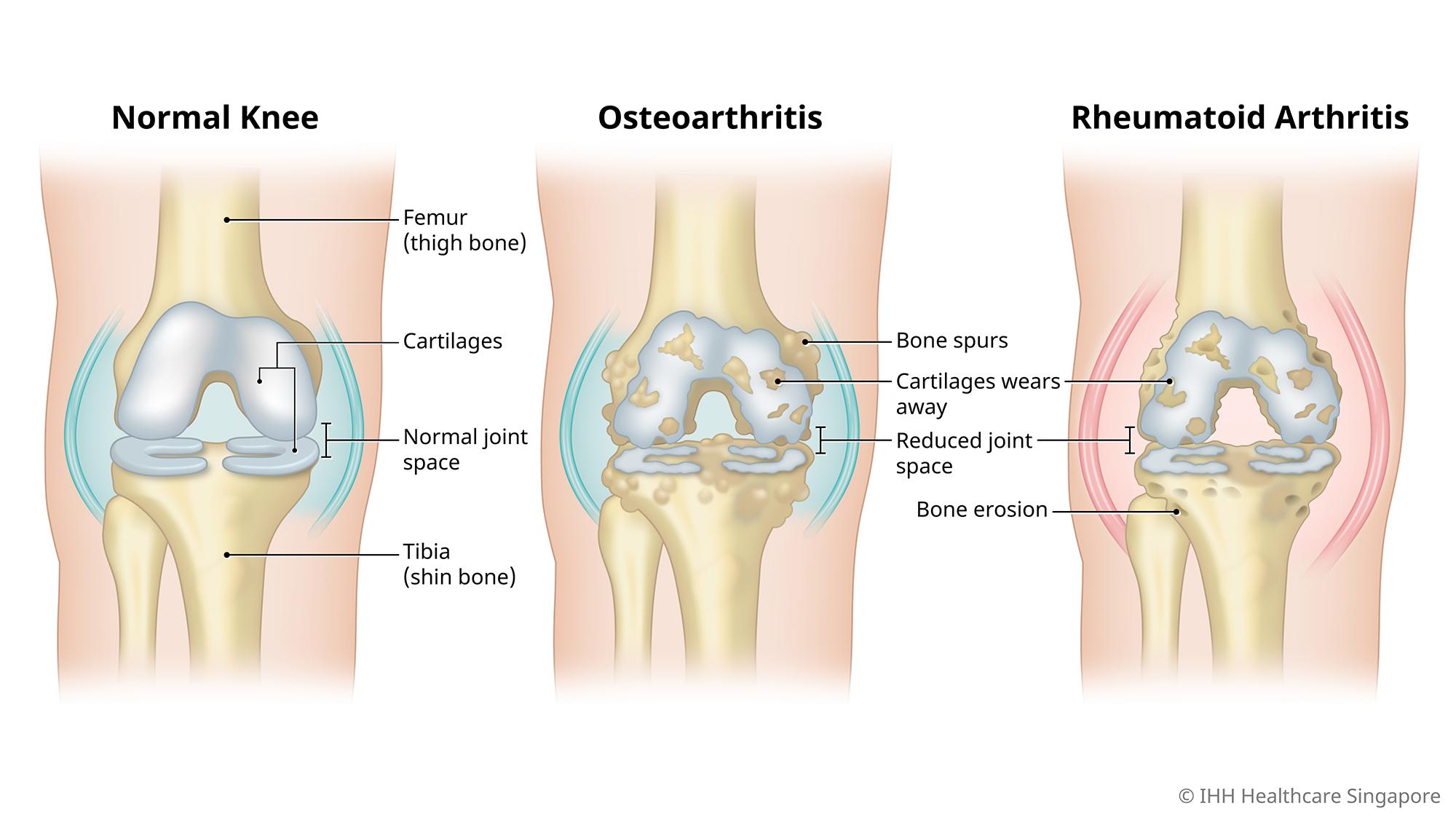How Science Based Balance Training Improves Your Life
2023-09-27
Recently I was thrilled to attend the first ever symposium on “The Science Of Tai Chi & Qigong as Whole-Person Health”. This amazing event was put on by the world renown, Harvard Medical School. You know with that type of support there was going to be amazing information shared and I was so excited to see the diverse topics that were covered in incredible detail by some of the top experts in various fields. From cardiovascular health, connective tissue, cell biology, cancer research, depression, and several more, each presentation was so well presented with the current literature on why tai chi is such a powerful holistic system.

One of the topics that was discussed many times over was that of balance and fall prevention. For good reason, as Dr. Fuzhong Li explained, falls just in the US cost around $50 billion dollars a year. Yes, that is billion with a BIG B! Due to balance being so important for our well-being, I wanted to share with you some of the really, not just fascinating, but important aspects of balance that was reinforced throughout the conference.
Developing better balance can be one of the best anti-aging strategies out there. Sadly, we often don’t realize how important balance is until we really struggle with not having good balance. I know this all too well as a severe spinal disease has caused me to lose the ability to walk TWICE! Going from being very physically active to not being even able to stand demonstrated to me very quickly how much a loss of balance can impede our quality of life.
Sadly, I’m not the only one that struggles with balance. Issues with balance become more and more of an issue as we age and with an increasingly larger and large aging population balance is becoming a bigger issue. Harvard Medical School has written quite a bit on this topic because of its impact on our health and well-being.
“As people age, changes in flexibility, muscle strength and power, body sensation, reflexes, and even mental function all contribute to declining balance,” says Dr. Brad Manor, associate director of the Mobility and Falls Translational Research Center. “You need to work on all these factors to maintain a strong sense of balance. (1)”

The challenge becomes do most people even understand what balance is and better solutions to achieving greater body balance? The reality is building better balance doesn’t require you to perform circus acts, but rather movement that will help both our body and brain.
First, what is balance? Most of us think of balance in pretty extreme examples, however, balance is just our body’s ability to maintain its center of mass over the base of support. Most of us don’t just fall down standing in place, unless we are asked to stand on one leg or an odd surface. The great majority of people are more concerned with dynamic balance, how we are able to control our bodies when we are in motion. We have all had an experience similar to stepping off a street curb and losing our balance very quickly, or stepping on something unpredictable that throws off our balance.

The idea of training balance is so important to our quality of life that even the American Heart Association places balance as one of the four key types of exercise we should be training (along with strength, endurance, and flexibility). The problem with training balance in many cases is that people don’t really understand what we are trying to train in the body.
After all, most people know if they want to get stronger arms they have to lift weights that work their arms. If you want to have better endurance, you may start to run. However, what are we really trying to develop and what does good balance training look like?
One of the most confusing aspects of balance to people is that it isn’t about one or a few muscles. As Dr. Manor explained ,there are several components of the body that help us with our balance. Our inner ear, the somatosensory system (which helps us with things like feeling the ground beneath our feet), along with our vision. There is of course aspects of strength and stability of our muscles, joints, and bones that all contribute together to our ability to maintain balance. Basically, learning to connect our body and optimize many of our internal systems help us develop better balance
The point is, people need to realize that balance is an act of both our body, but our mind as well. A way to accomplish so many of these goals of better balance at once is to practice more mind-body training as I’ll show below.

Exercise overall can be good for balance. Strengthening exercises have been shown to improve balance (2), so why use mind-body practices if you can just go to the gym and workout to improve your balance?
Dr. Chenchen Wang presented a very intriguing 2018 study published in the Journal of the American Medical Association (3) directly comparing tai chi (a form of mind-body practice) to a standardized fall prevention strengthening and balance program used in clinics. The researchers found, “Among older adults with high risk of falling, a 24-week therapeutically developed tai ji quan balance training intervention resulted in a significant reduction in the incidence of falls compared with a stretching exercise modality and a multicomponent exercise program.”
This follows also the important findings of this 2021 study (3) that explains, “Tai Chi has been shown to reduce falls and improve clinical measures of balance and gait (e.g., velocity, stride length, single-leg stance time, and stride time variability). Recent studies suggest that the benefits of mind-body training on gait may be more pronounced during “dual-task” challenges that require attention shifting between cognitive and motor tasks.”
There are many studies that support similar findings improved balance in older populations which isn’t just about falling and getting injured, but falls can increase risk of death by 9.6% during the first 30 days and 33% after a period of one year (4). Dr. Li’s tai chi programs designed specifically to reduce falls showed an ability to have a return on investment of over 500%. How can you NOT afford to make mind-body training a part of your practice?!
This means addressing balance as we age is not just about keeping our independence and quality of life high, but also reducing mortality risks. You don’t have to be older to gain such benefits either as balance is essential for any age group especially as other issues can cause our balance to suffer.
Ankle sprains are one of the most common injuries people suffer and typically don’t think much of them. In fact, you probably have sprained your ankle at some point and have not considered how it may have impacted you since. After resting, maybe a bandage or brace, you feel better after a short time and are back at life. However, there is more going on that you may not think goes back to your ankle sprain.

Research has shown that once an ankle sprained has occurred, if strength and stability is not restored to the ankle the body can’t use the glutes, hamstrings, and even low back muscles in the way that it needs (4). This can cause an increase risk for knee and low back pain that people don’t properly understand. Fortunately, mind-body practices have been shown to “improve ankle proprioception, static balance, lower extremity muscle strength, and neuromuscular reaction. (5)”
A more and more common issue that impacts our balance is also knee osteoarthritis. According to the Arthritis Foundation, “Damage to your knees and hips can also interfere with your balance and mobility, increasing your risk for a fall and making you more likely to fracture a bone in the process. About half of people with OA report having fallen in the past year.”
Many are not aware that osteoarthritis (OA) is the most prevalent joint disease and a leading source of chronic pain and disability in the United States (4). Around 32 million Americans (although this is a worldwide issue) suffer from OA and it can greatly impact both their balance and quality of life.

Very commonly, those suffering from OA are recommended to perform physical therapy, but more and more mind-body practices are entering the conversation as a treatment option as well. A 2016 study looked at how tai chi compared to physical therapy for treating OA. The researchers found that both physical therapy and tai chi had similar improvements in knee issues from OA, but tai chi had one pretty significant effect that physical therapy did not! “Of note, the Tai Chi group had significantly greater improvements in depression and the physical component of quality of life. The benefit of Tai Chi was consistent across instructors. No serious adverse events occurred. (6)”
One of the important concepts here is that balance is a multi-factorial quality and is best addressed with more of a whole person approach where mind-body practices really shine and can offer some great benefits. As Dr. Peter Wayne, Executive Director for Osher Center for Integrative Medicine explained, mind-body practices can help balance and reduce falls bye improving muscle strength, increasing our sensory systems, help neuromuscular coordination/reflexes, help condition, reduce perceived pain, and help sleep, all that play pivotal roles in the goals of better balance.
What the research at the symposium showed researcher after researcher was something that those use mind-body practices have known for many years. That such training is an incredible whole person movement system allows us to address many health issues at once. The fact it is easy to scale for different ability levels, inexpensive, doesn’t take a lot of space or require you to go to the gym, and is actually fun to do, makes tai chi an important asset for both improving our health and overall fitness levels which is why more and more medical organizations are also endorsing mind-body practices.
Don’t miss our 4-week Myofascial Integrated Movement MasterClass for Chronic Low Back Pain where we will dive deep into the science, coaching, and programming of these powerful solutions for one of the world’s biggest issues. Check it out and grab our early bird HERE
References:
https://www.health.harvard.edu/staying-healthy/the-act-of-balancing
Lee, In-Hee, and Sang-young Park. “Balance improvement by strength training for the elderly.” Journal of physical therapy science 25.12 (2013): 1591-1593.
Li F, Harmer P, Fitzgerald K, et al. Effectiveness of a Therapeutic Tai Ji Quan Intervention vs a Multimodal Exercise Intervention to Prevent Falls Among Older Adults at High Risk of Falling: A Randomized Clinical Trial. JAMA Intern Med. 2018;178(10):1301–1310. doi:10.1001/jamainternmed.2018.3915
Bandeen-Roche K, Seplaki CL, Huang J, Buta B, Kalyani RR, Varadhan R, et al. Frailty in older adults: a nationally representative profile in the United States. J Gerontol A Biol Sci Med Sci. 2015;70(11):1427–34.
Tang H, Mao M, Fong DTP, Song Q, Chen Y, Zhou Z, Zhang C, Wang J, Tian X, Sun W. Effects of Tai Chi on the neuromuscular function of the patients with functional ankle instability: a study protocol for a randomized controlled trial. Trials. 2022 Feb 2;23(1):107. doi: 10.1186/s13063-022-06046-w. PMID: 35109886; PMCID: PMC8812168.
Wang, Chenchen, et al. “Comparative effectiveness of Tai Chi versus physical therapy for knee osteoarthritis: a randomized trial.” Annals of internal medicine 165.2 (2016): 77-86.
© 2025 Ultimate Sandbag Training. Site by Jennifer Web Design.







